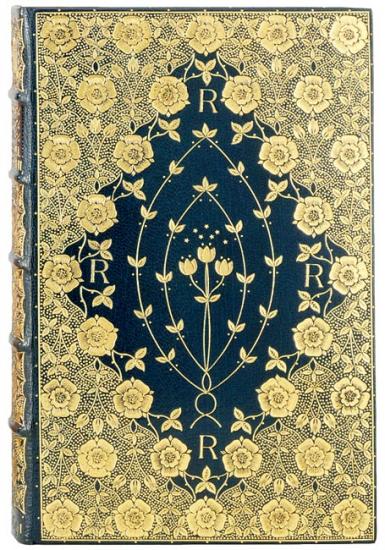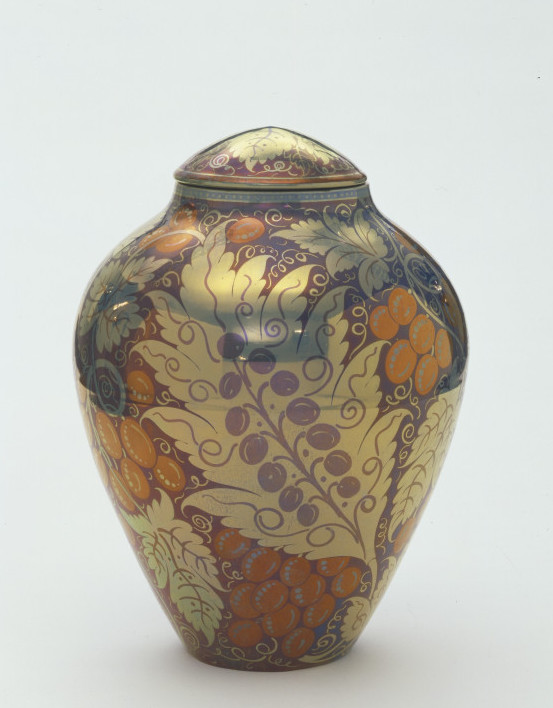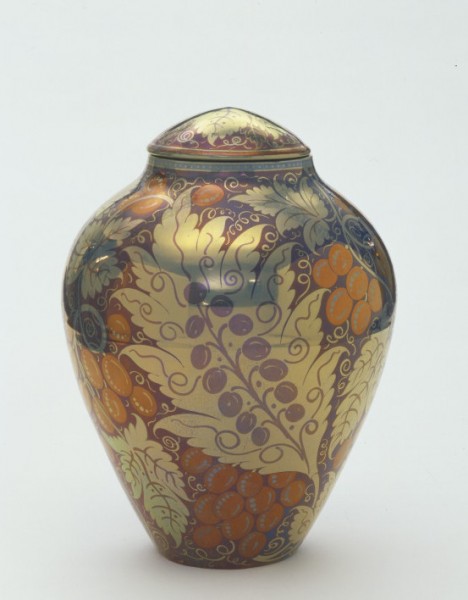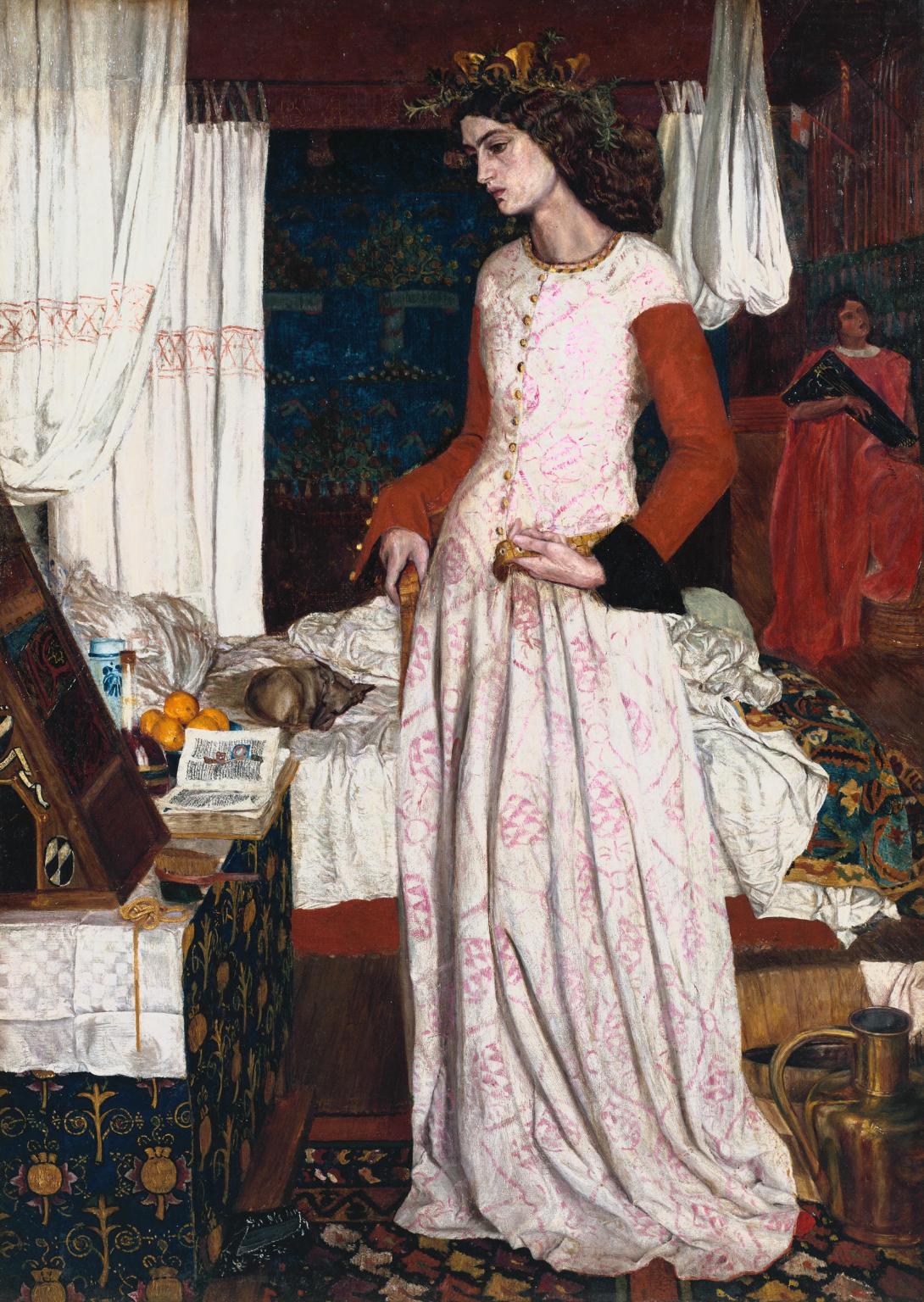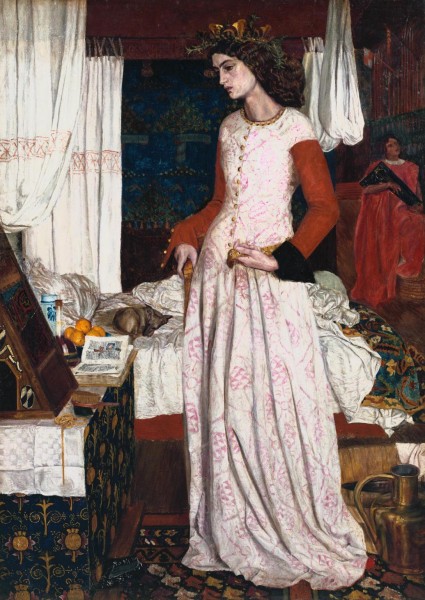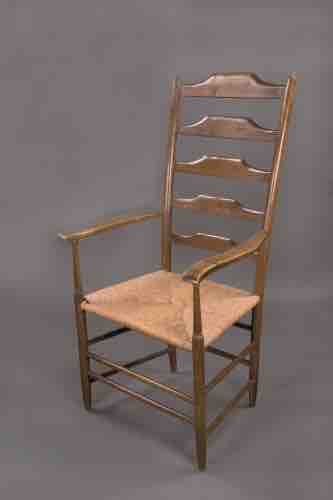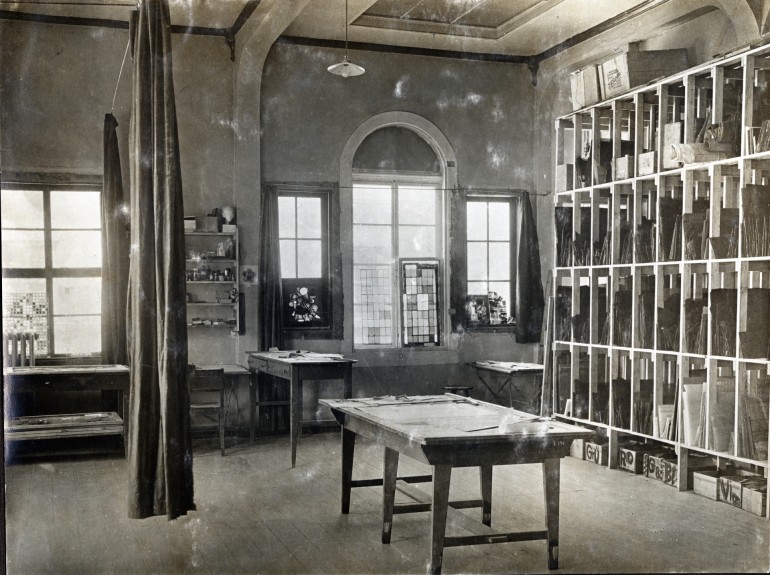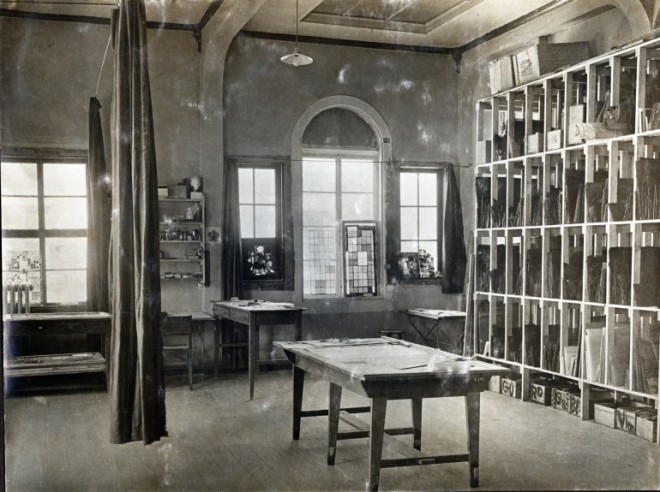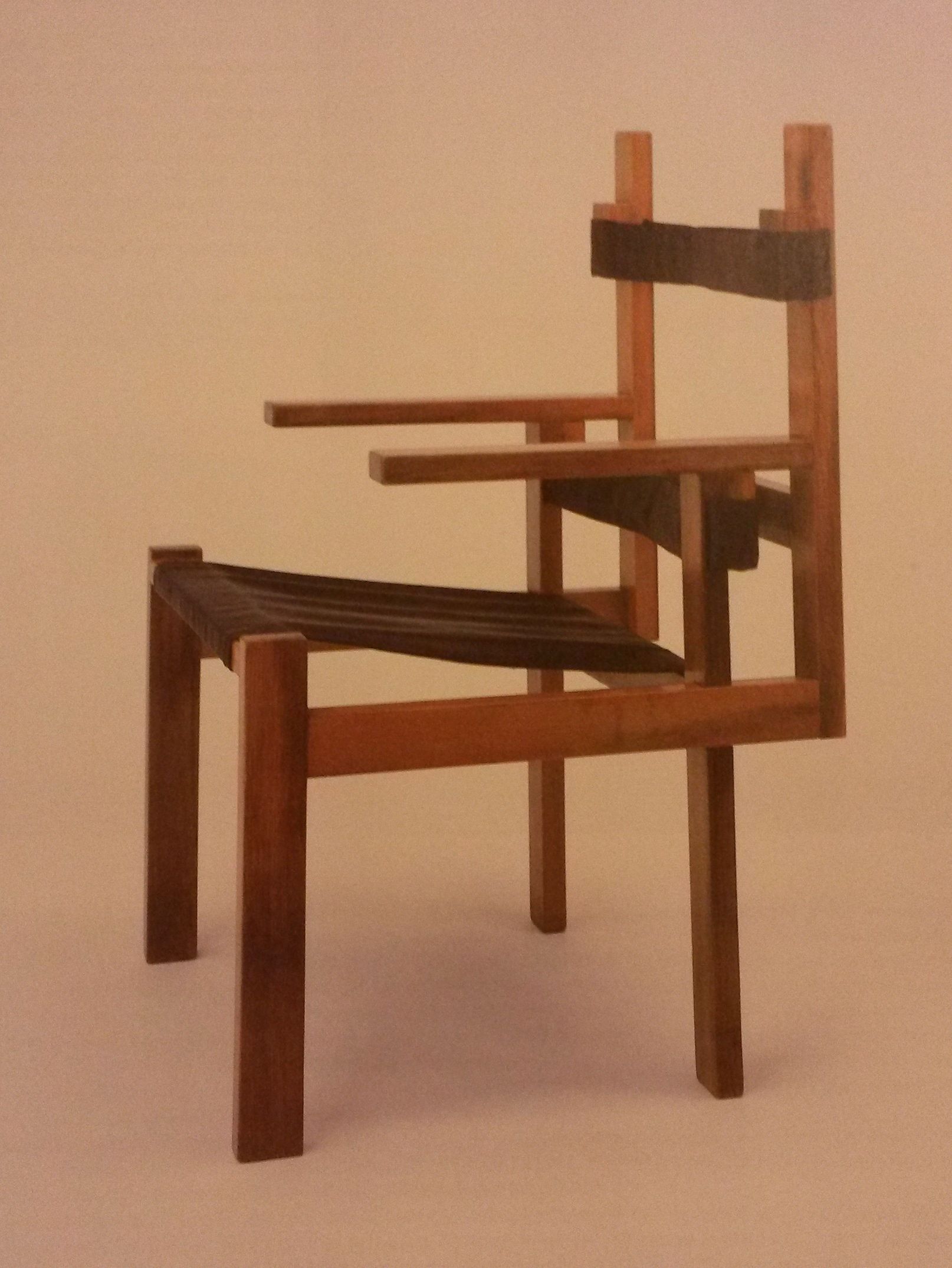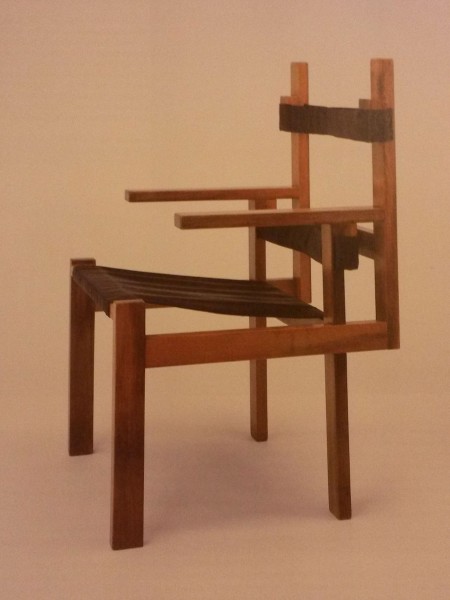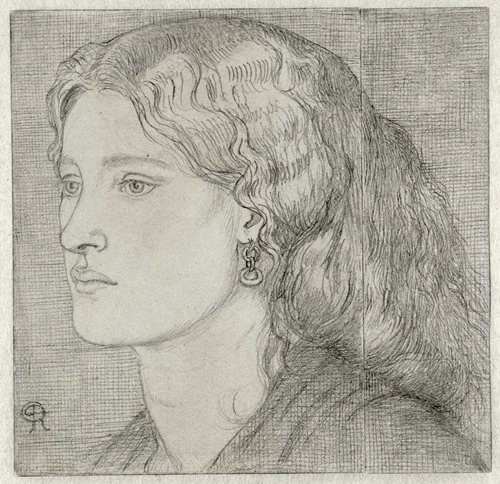
Just reading about Fanny Cornforth (1835-1909) is a novel in itself. Her life is very well outlined here, by the Steyning Museum, which has been the keeper of her flame. And here is a good article in the Guardian about the chance that led to the discovery of her final days. Her biographer says: ‘Fanny is the patron saint of overlooked women. She is in the background of so many stories about other people, and she seemed finally to have vanished without trace into the shadows. But she had her good times, and she had her spirit.’
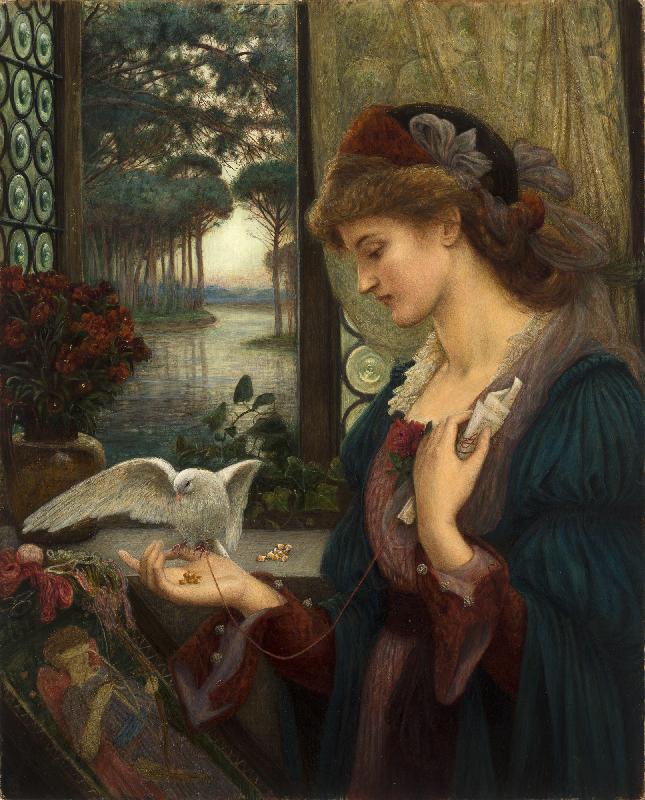
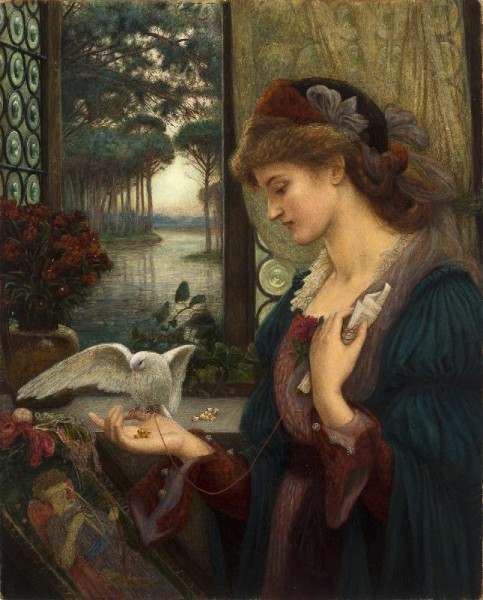
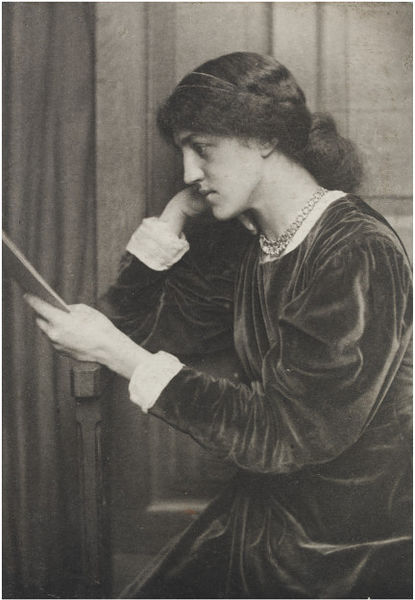
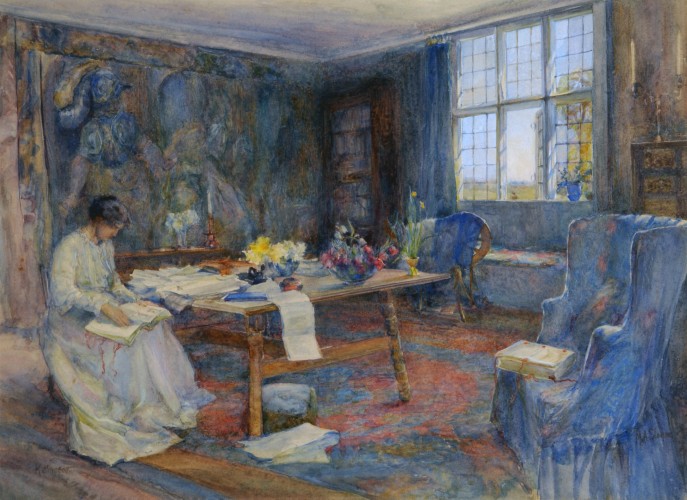
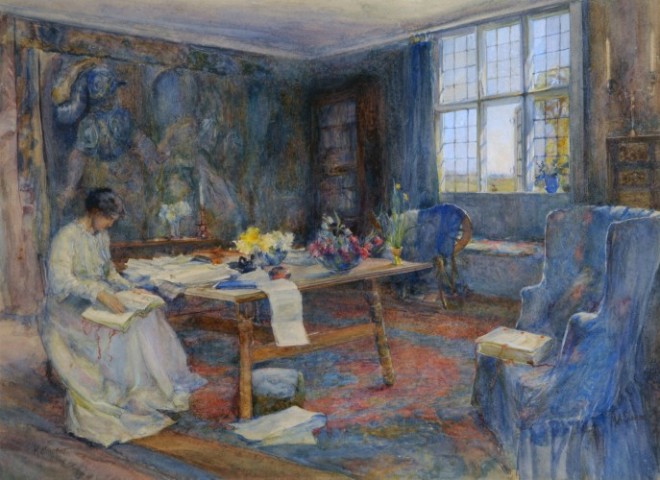 ‘
‘